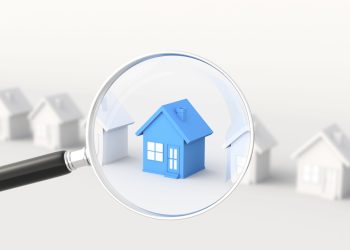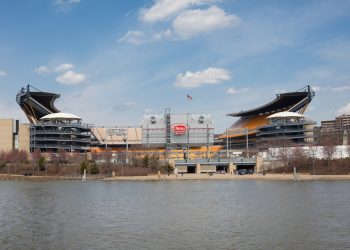RISMEDIA, October 15, 2010—(MCT)—Jodie Mekled is looking forward to cheap utility bills this winter. The retail worker from Sterling Heights, Mich., could pay as little as $40 a month for natural gas thanks to energy-efficient home improvements made through Habitat for Humanity.
The nonprofit group recently completed a rehab on a foreclosed home in Sterling Heights that Mekled will close on and move into this month with her two sons. She was living with her parents when she found out about the city’s Neighborhood Stabilization Program and applied.
The 900-square-foot home has achieved LEED certification, which measures how well a house performs in eight areas including water efficiency, materials selection, indoor environmental quality and innovation. LEED stands for Leadership in Energy and Environmental Design. It’s the first LEED-certified home the Macomb County, Mich., Habitat for Humanity has built.
The home features bamboo flooring on the first floor, spray cellulose to insulate the walls, recycled paper countertops, bamboo cabinets in the kitchen, a solar tube in the kitchen ceiling that reflects light from the sun and moon into the home and low-flow plumbing. “I love the bathroom. I love my kitchen,” said Mekled, who helped retrofit the home through hundreds of volunteer hours. The bathroom features recycled glass tile and porcelain tiles.
Brandon McCullough, field operations manager for Macomb County Habitat for Humanity said less-expensive energy upgrades are becoming more common. Such improvements include added insulation, rain barrels and compact fluorescent light bulbs.
McCullough said the three-bedroom, one-bath home was in bad shape. It had to be stripped down to the studs. “It’s great because you take a blighted house in the neighborhood and make it into something cool,” McCullough said.
Features such as the solar tube installed in the kitchen ceiling help reduce the electric bill without costing much. The tube retails for $160. A tankless hot water heater cost about $565 for the unit and $500-$1,000 to install. It reduces energy use by not having to constantly heat a tank of water.
The rain barrels collect about 300 gallons of water from the roof that is then used to water the landscaping. The 55-gallon drums were purchased online and then fitted with spigots.
While new homebuilding has slowed, some builders continue to have success in green building, said Rich Kogelschatz, owner of Heartland Builders in Rockford, Mich. He has been building energy-efficient homes since 2002 and builds six to nine a year.
“I can tell you that my customers want it and are coming to me for it,” he said.
Using an energy-efficient feature like an insulated foundation costs about $1,000 -$1,500, he said. Adding an energy recovery ventilator is about $1,500. It brings fresh air into a house, which is important when it is sealed tightly.
He said energy-efficient windows and appliances are almost standard today for most builders. But features such as a geothermal system are more expensive, ranging from $6,000-$10,000 and are in just half of the homes Kogelschatz builds.
Geothermal heat pumps collect natural heat from the earth through a series of pipes called a loop. Fluid circulates through the loop and carries the heat to the house. The system pays for itself within five years based on average utility bills.
“Our customers ask for it, so it isn’t a tough sale,” Kogelschatz said.
(c) 2010, Detroit Free Press.
Distributed by McClatchy-Tribune Information Services.










